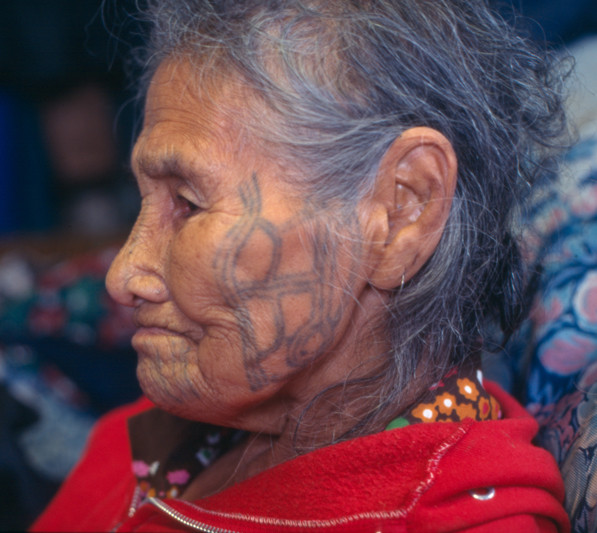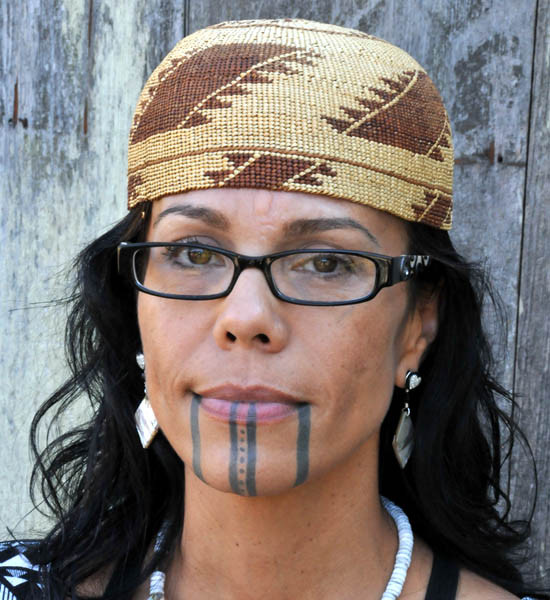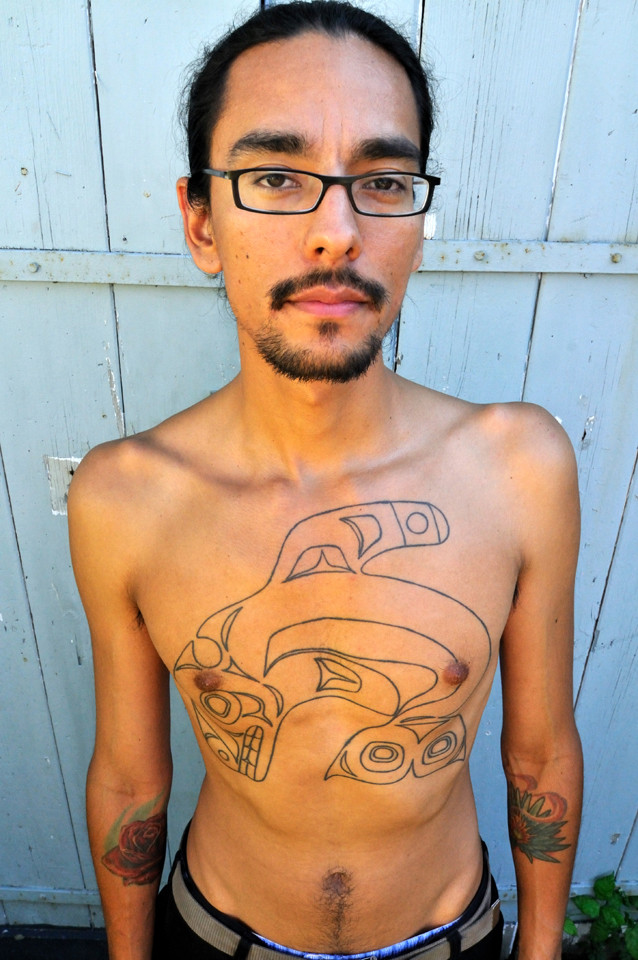For millennia, the Indigenous peoples of North America have cultivated an incredibly rich and diverse heritage of tattooing. These enduring traditions, often referred to as Native American Tribal Tattoos, were intricately woven into the fabric of social organization, spiritual beliefs, and ancestral connections. Long overlooked by mainstream historical accounts, these indelible markings served as powerful expressions of identity, lineage, and profound relationships with the natural and supernatural realms. The practice, once nearly lost to the passage of time and cultural disruption, is experiencing a vibrant resurgence in contemporary Native American communities, reclaiming a vital part of their heritage.
A Legacy Etched in Skin: Understanding Native American Tattoo Traditions
Native American tribal tattoos are far more than mere decoration; they are profound visual narratives that embody cultural values and personal stories. Across the vast expanse of North America, from the Arctic reaches of Alaska to the deserts of the Southwest, and the forests of the East Coast, diverse tribal nations developed unique tattooing styles and meanings. These ancient forms of body art served a multitude of purposes, acting as visible markers of social status, clan affiliation, and spiritual devotion. They could denote rites of passage, celebrate achievements in hunting or warfare, or symbolize protection and healing. The designs themselves were often inspired by the natural world, featuring animals, plants, and celestial bodies, reflecting a deep interconnectedness with the environment. Understanding native american tribal tattoos requires appreciating their deep cultural roots and the significant roles they played in traditional societies.
Contemporary Echoes of Ancient Ink: Modern Native American Tattoo Practices
While colonization and cultural suppression led to a decline in traditional tattooing practices throughout the 20th century, a powerful revival is now underway. Contemporary Native American artists and individuals are embracing and revitalizing these ancestral art forms, often drawing inspiration from historical research and the guidance of elders. This resurgence is not simply about replicating old designs; it’s about reclaiming cultural identity, honoring ancestors, and asserting sovereignty in the face of historical trauma. The following examples offer glimpses into the deeply personal and culturally significant meanings behind native american tribal tattoos in practice today.
Anna Aghtuqaayak: St. Lawrence Island Tattoos and Visions of the Afterlife
 Facial tattoos of Anna Aghtuqaayak of Gambell, St. Lawrence Island, 1997, showcasing traditional designs and their cultural significance.
Facial tattoos of Anna Aghtuqaayak of Gambell, St. Lawrence Island, 1997, showcasing traditional designs and their cultural significance.
Anna Aghtuqaayak (Qayaghhaq), a revered St. Lawrence Islander from Alaska, carried the stories of her people on her skin. As one of the last fully tattooed women of her community, her facial markings were a testament to a fading era. Reflecting on the practice, she explained, “We did it to be beautiful, so that we would not look like men. We wanted precious pictures of the afterlife.” Her tattoos, primarily dating back to the 1920s, were imbued with symbolic meaning. The circular and branching patterns adorning her cheeks near her ears were known as qilak, signifying “heavens,” illustrating a profound connection to the spiritual realm and ancestral beliefs. These St. Lawrence Island tattoos were not merely aesthetic; they were visual prayers and declarations of faith.
Sage LaPena: Wintu Tattoos as a Bold Declaration of Indigenous Identity
 Sage LaPena, a Wintu herbalist and ethnobotanist, displays her traditional facial tattoo in Santa Rosa, California, highlighting its role in expressing cultural identity.
Sage LaPena, a Wintu herbalist and ethnobotanist, displays her traditional facial tattoo in Santa Rosa, California, highlighting its role in expressing cultural identity.
For Sage LaPena, a Wintu herbalist, ethnobotanist, and teacher from Northern California, her facial tattoo is a powerful statement of identity and heritage. Growing up amidst the stories of boarding school assimilation and historical injustices, Sage found solace and strength in her elders, Native traditions, and ceremonies. Her tattoo, received after participating in a restored puberty ceremony, is deeply intertwined with her personal journey and cultural responsibility. “It is my birthright to who I am as a traditional Native woman,” she explains. “I would say it makes me a whole human being, that I might take my rightful place in my community… it is there on my face before I open my mouth.” Sage’s native american tribal tattoo embodies her commitment to traditional ecological knowledge, herbalism, and speaking truth rooted in ancestral wisdom and connection to Mother Earth.
Nahaan: Tlingit Tattoos as an Assertion of Cultural Sovereignty and Lineage
 Tlingit tattoo artist Nahaan in 2012, showcasing the revitalization of traditional tattooing practices within Pacific Rim cultures.
Tlingit tattoo artist Nahaan in 2012, showcasing the revitalization of traditional tattooing practices within Pacific Rim cultures.
Nahaan, a Tlingit tattoo artist, views tattooing as an intrinsic part of Pacific Rim cultures and a potent expression of Tlingit identity. He emphasizes the historical significance of tattoos within his culture, stating, “Tattooing has always been part of Pacific Rim cultures. Be it a sign of wealth, genealogy, roots, ancestry, traits, talents, or history, it has been a part of who we have been since time began.” For Nahaan, the act of tattooing is not just artistic expression; it is a profound act of cultural sovereignty and a continuation of ancestral traditions. Receiving and giving native american tribal tattoos is a ceremonial practice that reaffirms Tlingit identity and heritage, ensuring its enduring presence for generations to come.
The Enduring Power of Native American Tribal Tattoos
Native American tribal tattoos are a testament to the resilience and enduring cultural richness of Indigenous peoples. They represent a profound connection to history, spirituality, and identity, beautifully etched onto the skin. As these traditions experience a powerful resurgence, they serve as a vibrant reminder of the ongoing importance of cultural reclamation and the enduring power of ancestral wisdom in the modern world. Exploring the world of native american tribal tattoos offers a glimpse into a captivating and deeply meaningful aspect of North American Indigenous heritage.